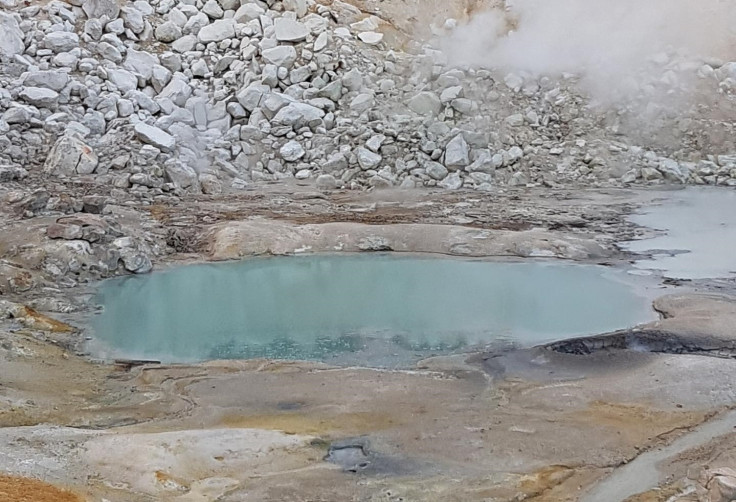Charles Darwin's 150-year-old theory of how life on earth emerged gets thumbs-up from scientists
Darwin believed that life started forming on Earth after meteorites crashed into 'warm little ponds'.

About 150 years ago Charles Darwin – the father of the theory of evolution – suggested that life may have begun in what he called "warm little ponds". Now, scientists have proven the plausibility of his suggestion.
Between 3.7 and 4.5 billion years ago, meteorites rich in essential elements crashed into "warm little ponds" on Earth, kick-starting the evolution of life, according to new research. These impacts enabled key molecules to bond together in the nutrient-rich water to form self-replicating RNA – one of the essential building blocks for life.
Researchers from McMaster University, Canada, and the Max Planck Institute, Germany, came to their conclusions after extensive research and calculations bringing together knowledge from various disciplines including astrophysics, geology, chemistry and biology, among others. Their work is published in the journal Proceedings of the National Academy of Science.
"No one's actually run the calculation before," said Ben Pearce, one of the lead authors of the stud. "This is a pretty big beginning. It's pretty exciting."
Conditions on Earth when life first originated were very different to today, according to the researchers. Continents were emerging from the oceans, there was no protective ozone layer to shield the Earth from the sun's ultraviolet rays and meteorites frequently impacted the surface.
"In order to understand the origin of life, we need to understand Earth as it was billions of years ago," said Thomas Henning, a co-author of the research. "As our study shows, astronomy provides a vital part of the answer. The details of how our solar system formed have direct consequences for the origin of life on Earth."
According to the authors, life resulted from the creation of RNA polymers – a type of enzyme, or chain of molecules that accelerates chemical reactions. Key components of RNA, brought to the Earth by asteroids, reached sufficient concentrations in pond water and bonded together into molecular chains, their theory suggests.
Favourable conditions led some of these newly created molecular chains to fold over and spontaneously replicate themselves, fulfilling one of the conditions for the definition of life.
"That's the Holy Grail of experimental origins-of-life chemistry," said Pearce.
In addition, the study highlights the importance of the wet and dry cycles in these ponds. The process of the ponds filling with rain and then draining or evaporating was key for the necessary molecules to bond together.
The first basic lifeforms would eventually lead to the emergence of more complex structures like DNA – a molecule essential to the development of higher forms of life which would evolve much later.
"DNA is too complex to have been the first aspect of life to emerge," Pudritz said. "It had to start with something else, and that is RNA."
The study calculates that life could have formed in thousands of ponds on Earth, aided by meteorite strikes which were far more common than they are now.
The other main rival theory for its origins suggest that life most likely developed in hydrothermal vents where heated blasts of water spewing out of fissures in the ocean floor created favourable conditions.
But the new study also shows that prime conditions were far more likely to have occurred in ponds than in these hydrothermal vents. The authors argue that the chemical bonding necessary to form RNA requires the kind of wet and dry cycles that occur in ponds.
The new research also discounts space dust as being the source of life-generating compounds. Though space dust did bring the right materials, it did not deposit them in sufficient concentrations to spark life.
The researchers plan to test their theory next year when they will re-create pre-life conditions in the lab environment.
© Copyright IBTimes 2025. All rights reserved.





















